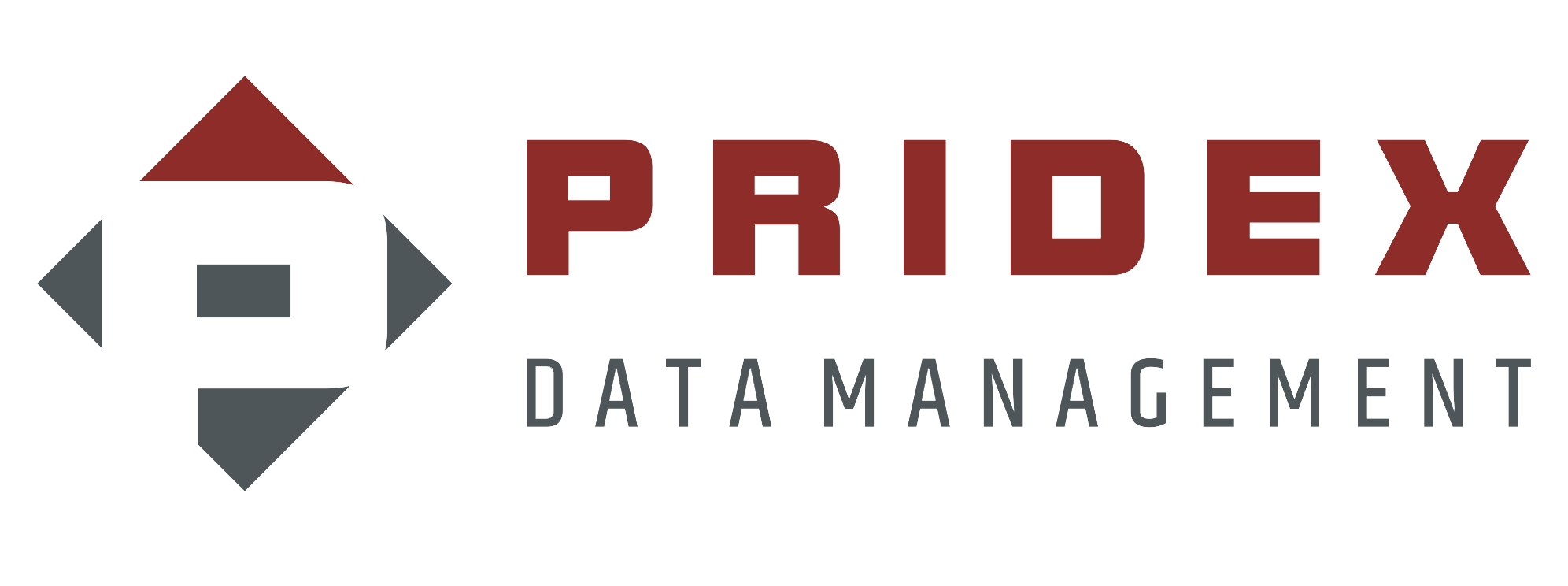Without good indexing and data access, a paperless solution is useless.
When a document is scanned, an image is created. That image will have a file name (by default, a serial number), but no “text” in the sense that most computer operating systems recognize.
In order to overcome this problem or to have your documents accessible by your computer, your end users or computer must use text-based data for sorting.
When it comes to organizing data, this is where the roles of data entry and indexing play a significant part.
The process of entering data involves copying the text that can be read from each document and typing it into a database so that the information can be read by a computer.
After the information has been entered, it can be sorted into an index and made available to employees through computer search.
Data entry can be done manually or automatically, using tools like optical character recognition software.
It depends on your needs when it comes to handling your data.
Optical character recognition (OCR) is the process of converting an image of text into a format that is machine-readable. If you scan a form or a receipt, for instance, your computer will save the scan as an image file.
OCR technology is faster than human operators. If you want to eliminate inaccuracies resulting from human error and maximize overall security, you must use OCR technology.
However, it doesn’t eliminate human involvement. After extracting the data from each document, an operator reviews the information to ensure that everything is properly indexed.
When creating an indexing structure, consider how data will be accessed and used.
If you work in a law firm, for example, your documents will likely be organized by name or include case numbers. In accounting, invoices may be organized by invoice number or vendor name.


